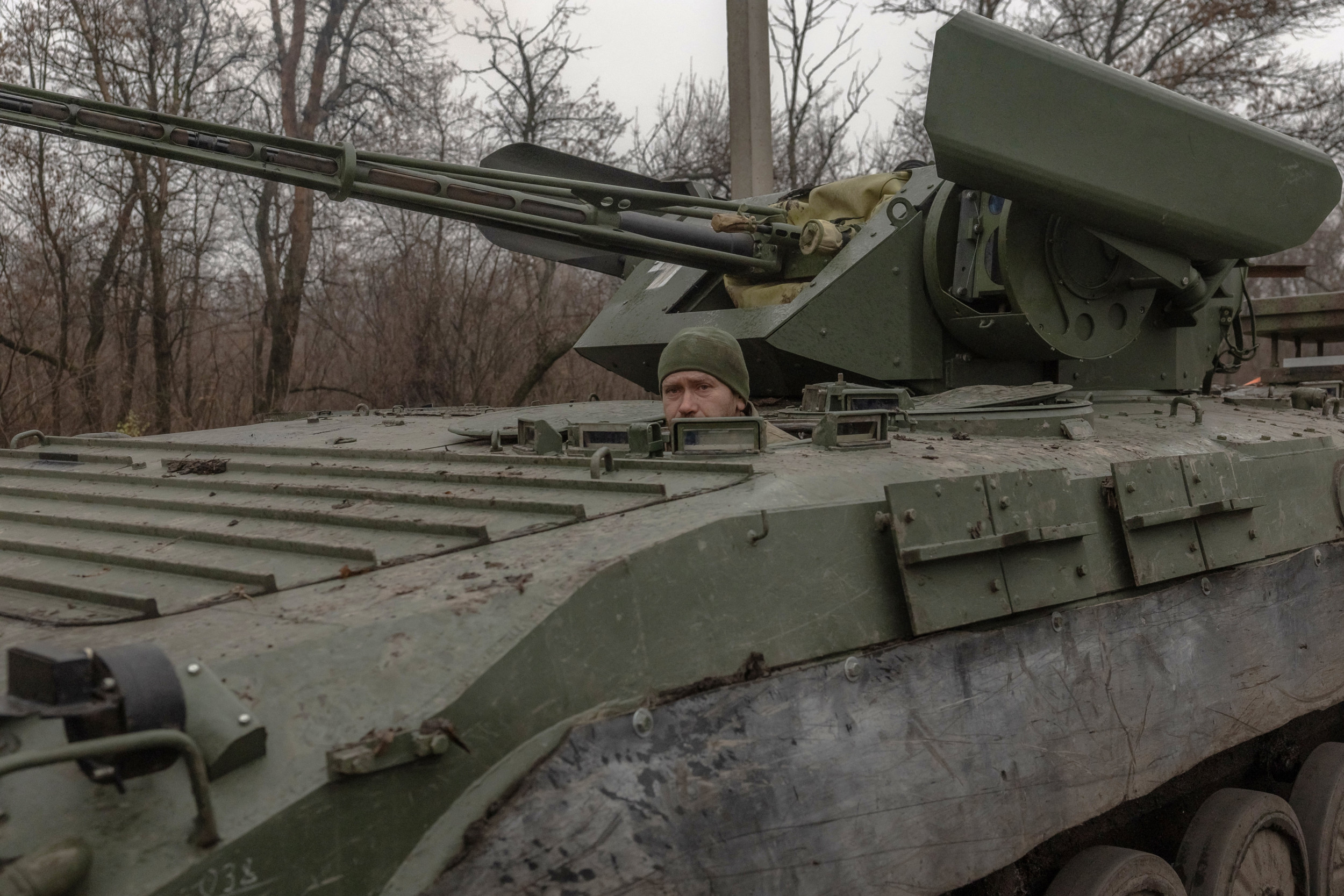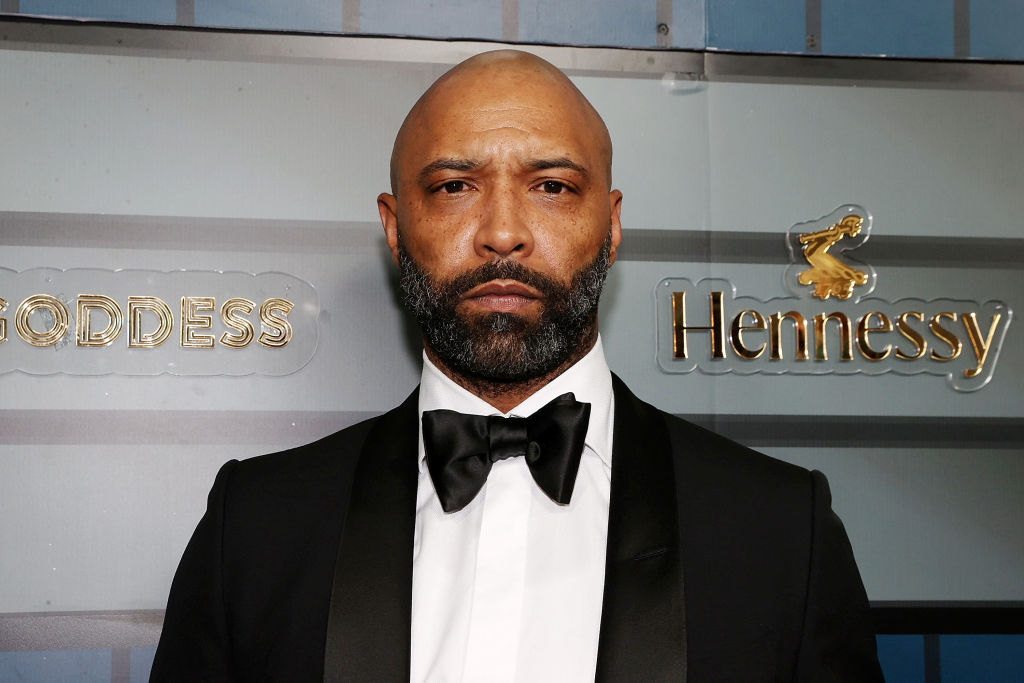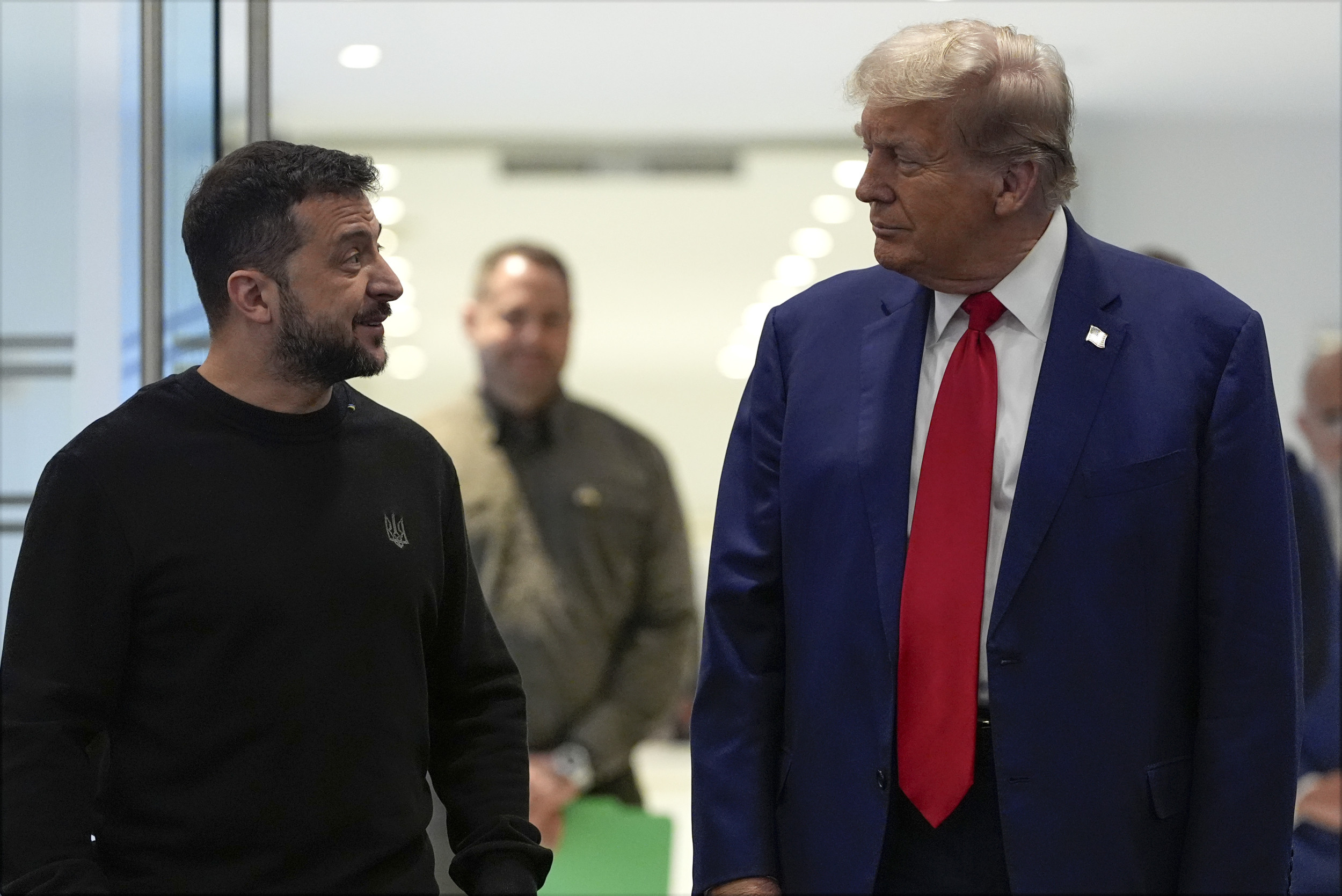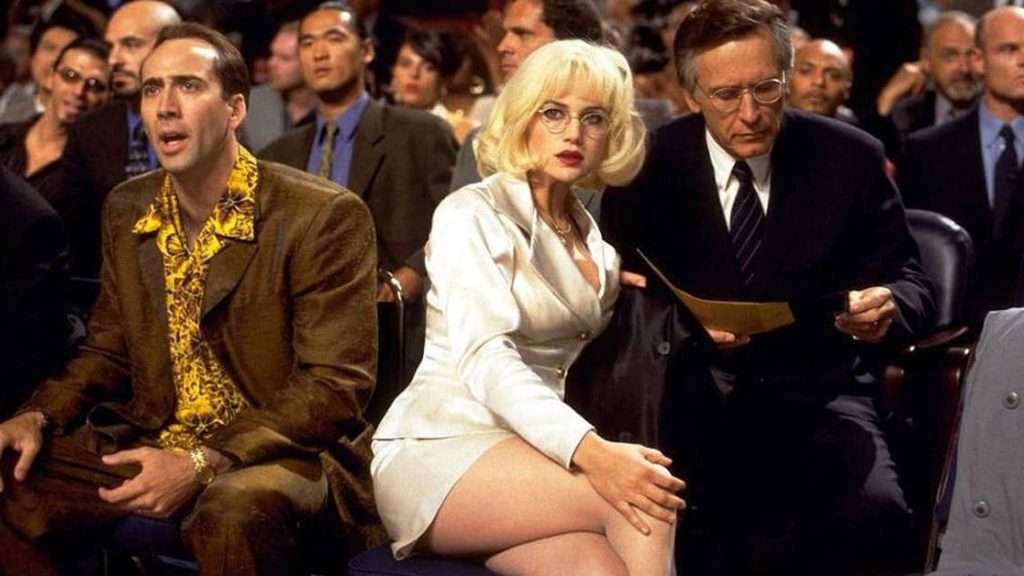If you know Pablo Larraín’s name, you likely know it for his Iconic 20th-Century Women Trilogy (Jackie, Spencer, Maria). But before the Chilean writer-director-producer made films in English, he built a remarkable Spanish-language career in his home country, one he’s continued in earnest through his Hollywood days. With three times as many Chilean projects to his name as director and all six of his feature screenwriting credits on Chilean films, Larraín’s native work is more compelling and wide-ranging than his Hollywood work, which constitutes a narrowing in subject, style, and freedom for the visionary filmmaker, a clipping of wings when looking at the big picture.
From tackling Chilean political history via the democratized outing of Pinochet in No to diving headfirst into a maniacal obsession with Saturday Night Fever in Tony Manero to mixing murder, manhunts, and surrealist factional poetry in Neruda to dancing the mountainside in the reggaeton adoption thriller Ema to confronting the fallout of pedophilic priests in The Club, Larraín has proven to be a chameleon of subject and cinematic expression, cementing himself as one of the 21st century’s best multi-hyphenate filmmakers.
Larraín 101: The Golden Age of Pablo
The essential, absolute must-know Chilean films of Pablo Larraín are relatively non-negotiable…relatively being the key word. But the phase of his career in which the most of them appear is sacrosanct. Few filmmakers have had as striking and narratively diverse a stretch as Larraín did across four features in the 2010s: No (2012), The Club (2015), Neruda (2016), and Jackie (2016), the last of which marked his English-language debut, was as poignant as the other three, and signaled immense success for Larraín in Hollywood. (It might not count for this piece’s focus, but it’s a bookend on a historic run.)
In 2012, Larraín shattered his glass ceiling. To kick off what would become his golden age, he thrust himself and, consequently, Chilean cinema into a new stratosphere: star casting (Gael García Bernal), global attention, and the first-ever Oscar nomination for a Chilean feature. Chilean feature films have received five nominations; two were for movies directed by Larraín. One was for a movie lead-produced by Larraín (A Fantastic Woman, which also picked up Chile’s first and so far only feature win). The other two were for terrific documentaries written and directed by Maite Alberdi, the first of which boasted Larraín on its press tour in order to boost its award campaign. By the time Alberdi was making the second, Larraín was one of five hands-on producers on the team.
International awards aside, No marked a major personal shift for Larraín. For one, it was the first time he chose to direct someone else’s screenplay. Following an ad executive in Santiago who’s poached by rebel opposition leaders seeking to persuade the country to vote dictator Augusto Pinochet out of power in the country’s historic 1988 plebiscite, the film was also Larraín’s most explicitly political project.
That’s saying a lot for someone who had already set two films—2008’s Tony Manero and 2010’s Post Mortem—in the flame of Pinochet-era political turmoil and unrest. The crazed Travolta lookalike’s obsession makes more of an allegory of politics in the former, while the whisper-quiet lead obscures politics in the latter’s narrative with a perspective-oppressing focus on his chilling sexual desperation. Moreover, Post Mortem’s plot zooms in on a scenario too specific to glean much outside of: fishy military practice witnessed in the bright, sterile halls of a morgue.
The son of career politicians—his Chilean senator father led a pro-Pinochet right-wing party for years and his mother, who comes from one of Chile’s wealthiest families, was the country’s minister of housing and urbanism in a conservative administration—Larraín is taking on his relationship with his parents as much as his relationship with his home country in directing No. Maybe that’s why it’s still one of his best. The desire for parental approval is already a pressure cooker. But the desire for your parents’ respect in telling a story that they lived and worked through, that they disagree with you on, and that presents a controversial time in your country to the whole world…one can only imagine what kind of attention to detail that evokes.
No was also Larraín’s first foray into producing his own film work. He’d been producing others since 2007, but No turned him into the triple threat—writer, director, producer—we know him as now. He continued the streak by producing, directing, and co-writing another personal project: The Club. It’s the only film in his career that’s seen him wear all three hats, and the only one that confronts his all-boys Catholic school upbringing head-on.
By far the darkest and least approachable project in his oeuvre, The Club is one of his strongest and most shocking. The film is centered on a sequestered house on the Chilean coast where disgraced Catholic priests and nuns live out their lives seeking spiritual absolution for unspeakable crimes against children. Over the course of the feature, Larraín’s focal questions creep into your soul: Are people like this really salvageable? And if so, are they worth saving?
Larraín didn’t draw the love, envy, and ire of the global filmmaking scene because he knew somebody. He invented, iterated, reinvented, and reiterated from film to film until each project was its own singular work. In Tony Manero, he and longtime DP Sergio Armstrong shot in 16mm to get the seedy effect from the grain. For No, they chose to shoot with old, fuzzy, rainbow-tinted video cameras that were true to the time period. On top of that, Larraín recruited members of the historic “No” campaign to act in the film, contributing to its lived-in charm. For The Club, he hired actual criminal priests. That last one is a joke, but watch that movie and tell me it doesn’t feel that way. Finally, the novel structure of his third golden age film is a resounding testament to his originality.
A year after The Club, Larraín returned with Neruda, a self-proclaimed “anti-biopic” about the Chilean Nobel Prize-winning poet, diplomat, and activist politician Pablo Neruda. Where others might’ve tried to bend the standard biopic structure, Larraín simply throws it away, instead crafting a spectacle of form in which a funny nobody detective hunts down the famous poet while ruminating on the near-impossible task he’s been given. Part historical fiction and part fantasy, Neruda is Larraín’s masterstroke of biopic iteration—something he’s struggled with under the American studio system in recent years, despite a strong start with Jackie.
Intermediate Studies: Larraín’s Hollywood Era
Racking up Oscar noms for Mica Levi’s haunting score, Madeline Fontaine’s historically accurate costume design, and Natalie Portman’s devastating performance, Jackie—the second-best movie about the JFK assassination (cheers to JFK)—gave Pablo Larraín the space to do whatever he wanted. Before he moved on to Princess Di in England, he went back to his home country, like he consistently has in between Hollywood-backed projects, to make his best film: Ema.
Ema looks and feels like a film that took three years to make. That’s because it did. The genre-defying, erotic, Valparaíso-set punk film remains Larraín’s only movie set in contemporary Chile. A flamboyant evocation of modern, brash, and colorful Chilean culture (and class divides), the mysterious adoption-focused dance-drama-turned-thriller borders on experimental, the pyrotechnics and giant star-balls as provocative visually as the many staggering twists are narratively.
There’s no recipe for a great movie, but you can tell when one got years of all-encompassing creative consideration. Measured against his last few years—Spencer, El Conde, Maria, and Lisey’s Story—there’s a notable difference in quality and authorship. Yet, it’s worth noting that Larraín once directed the same freight—The Club, Neruda, Jackie, and the second season of Fugitives—in the same time span (2013-2016). And those latter projects encompass his most creatively fruitful period as a filmmaker. So what’s the difference?
Maybe he’s just lost it a bit. That’s awfully reasonable given how consistent he was from 2008 to 2019. But, if we look closer at his credits, something else pops out. In the 2013-2016 stretch, he produced seven other features. In the 2021-2024 stretch, he produced or executive produced 24 projects.
Pablo and his brother Juan de Dios started Fabula—the production company they’ve used to develop and produce their and others’ feature films, documentaries, and series—in 2003. Juan de Dios has lead-produced all of Pablo’s films, while Pablo has focused on bringing other Chilean filmmakers’ projects to life alongside his brother.
The director is only credited as a producer on three of his eight Chilean films (five of his eleven total) despite having hands-on producing credits on 24 other features and eight TV series in the same time frame, making him even more of a producer than he is a director—he’s lead-produced twice as many films as he’s directed. He could spend all of his time getting his own projects made, but he instead often chooses to use his influence to support other projects. That said, it also seems like Larraín’s directorial work is falling prey to his producing efforts, which have increased each year since 2020.
The hitch in his directing was first felt in Spencer, the second entry in his English-language trilogy, which had an all-star craft team and every tool at its disposal to be the best Larraín yet. It ended up being the worst. (Thankfully, he found again in Maria much of what he’d lost in Spencer). Soon after, the effect trickled down to 2023’s El Conde, Larraín’s most scattered film since his debut, and his most recent Chilean project as of 2024.
With El Conde, Larraín worked with cinematographic legend Ed Lachman for the first time, linking the two at the hip for the foreseeable future, Larraín suddenly becoming another Todd Haynes for Lachman. But where the film gained Chile’s first cinematography nod at the Academy Awards for its stunning, vampiric blacks and whites, it fell apart in pacing and screenwriting, a skill of Larraín’s that has waned in his mid-career phase.
Despite the wonderful collaboration with Lachman—who also shot this year’s dazzling Maria—there’s a disconnect between story and imagery in El Conde that wasn’t there in Larraín’s collaborations with Armstrong, who shot all of his Chilean features from 2010-2019. Not to mention, there’s a grave lack of dialogic substance and thoughtful storytelling beyond the first half. So, before watching El Conde, go back to the start.
Advanced Studies: Dark Beginnings
A little-seen film even by Pablo Larraín lovers, 2006’s Fuga is, as its directorial debut status suggests, Larraín’s most elementary work. But it signaled the dark themes that would define this three-film era. A feral drama about a mentally devolving classical composer (co-written with his cousin Hernan Rodriguez Matte and Post Mortem and Tony Manero collaborator Mateo Iribarren), Fuga reflects a relative amateur’s ambition and the thin resources he had to achieve it. Like all steps on the staircase, it is an essential piece of Larraín’s filmography, and, despite how it holds up in comparison to his other works, genuinely entertaining. But it’s most noteworthy in Larraín’s career as his first collaboration with actor Alfredo Castro.
If there were a flag for Larraín’s Chilean filmography, it would be a picture of Alfredo Castro’s face, not Gael Garcia Bernal’s, as many might assume. Where Bernal has led two of Larraín’s Chilean projects and played a supporting role in a third, Castro has led three and played supporting roles in four of the other five Chilean films. The first phase of Larraín’s career wouldn’t have led to the second without Castro.
The transformative actor is unforgettable as Tony Manero’s sociopathic loner Raúl, a Tony Manero/John Travolta-obsessive, and just as memorable as Post Mortem’s stern, offbeat, mousy mortuary assistant that types up autopsy reports with a military regime over his shoulder and pines over a burlesque dancer. Together, these films mark an invigoratingly free time in Larraín’s career, as evidenced by the bizarre loglines and character descriptions.
With Manero and Mortem, Larraín’s holistic direction of production design, costumes, lighting, cinematography, sound, and post-production aesthetics was becoming impossible to ignore. Mortem’s fluorescently lit hallways and cold, bleak metals fuse with the outdoors’ desolation and wartorn rubble to imprison you in its lead’s mechanical despair. On a different but equally dark note, Manero’s grimy theaters and barren, grunge-drugged rooms intersect with the disco glitz and wanton glamor of its music to overwhelm you with the reality of a violent regime just outside.
If you can slink fully into these films, you might find them transcendent. Tonally peculiar and thick with mood, they can envelop you at any time and keep you under their spell. But their paces are slow and their settings dark, and they both wrestle with emotionally and intellectually dense themes that can feel too off-screen at times. In that space, when it starts to feel dull, certain sequences suffer from pacing issues and the mind begins to wander.
But Larraín’s humble beginnings represent the filmmaker working in his most intimate mode, and it often makes for fascinating filmmaking, especially in the latter two of the three. His first films showed an early doggedness to fill out stories with intriguing detail—no matter how small the scope. Even if you despised one of his early films, you wouldn’t forget it. That’s not necessarily something that can be said of his three in English.



















 English (US) ·
English (US) ·